In recent months, the rapid increase in the cost of vegetables and the succession of confinements has made many people want to start growing their own vegetables at home with a small corner of the garden. Food prices are expected to continue to rise in the near future as more and more homeowners turn to gardens to offset the price of produce, as well as a fun, de-stressing and rewarding pastime. For those who are new to gardening or at least new to horticulture, here are six gardening tips to get you started.

1) Let there be light
Most vegetables, especially those that bear fruit (tomatoes, cucumbers, squash and peppers, for example) need sun, and lots of it. Ideally, choose a location with at least 8 hours of direct sunlight per day. With less light, you can still grow edibles; mainly leafy vegetables such as spinach or salads and aromatic herbs.
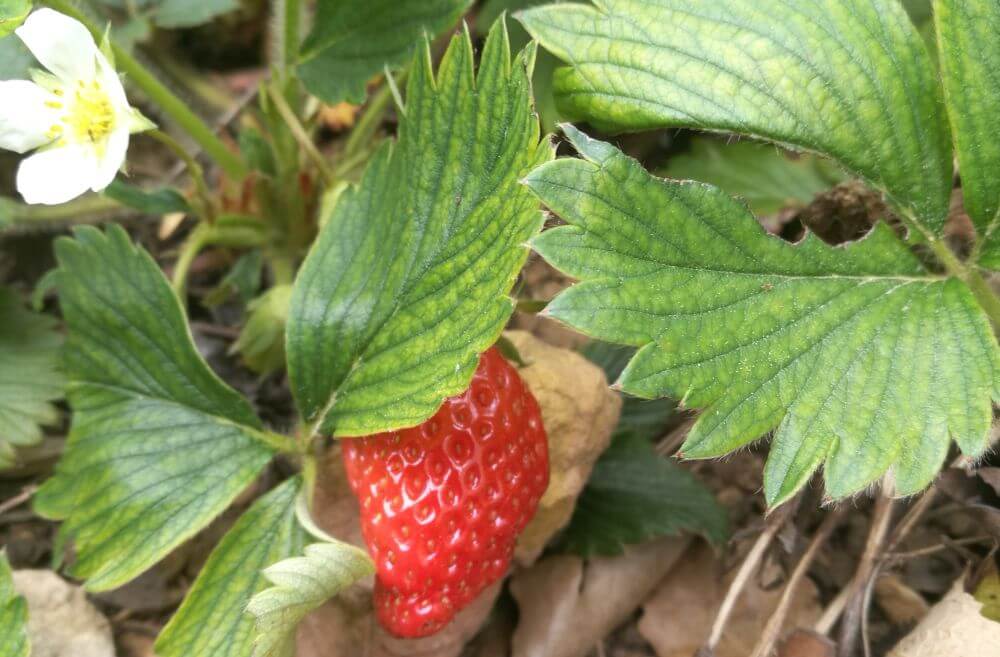
2) Land is important
Healthy, rich soil is the key to a successful and productive garden, so don’t skip this step! A soil test will give you an idea of your soil’s fertility and pH, and offer suggestions on the types of fertilizers or amendments that will keep your plot in good condition. In my own garden, I rely on homemade compost, well-composted organic fertilizers, and organic fertilizers.
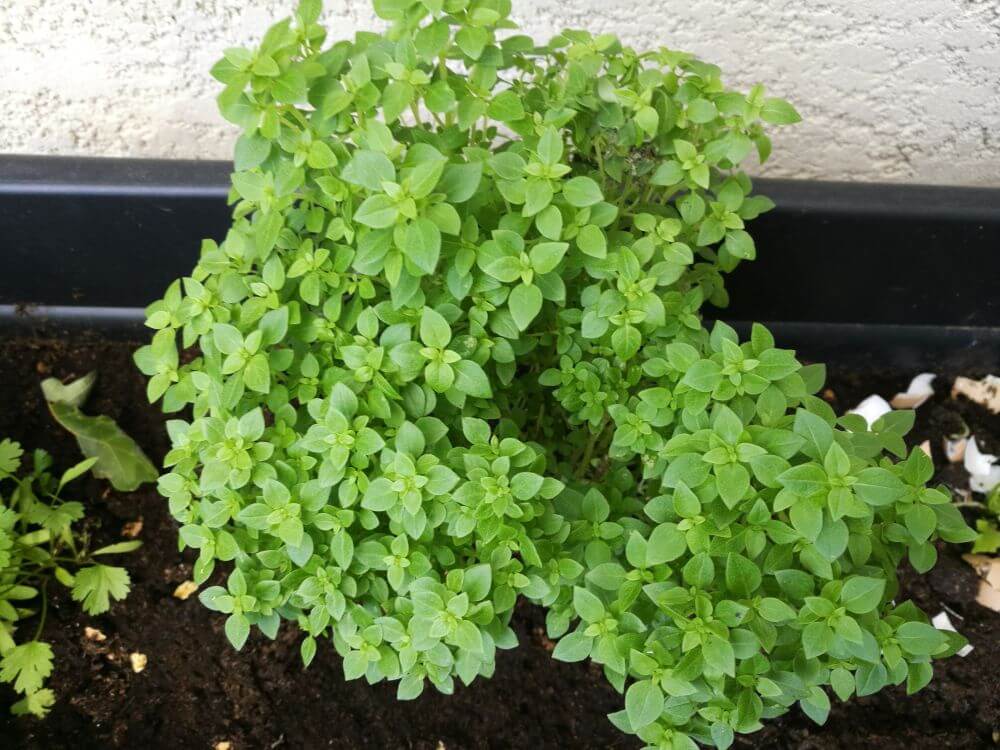
3) Don’t think too much
A vegetable garden may be low maintenance, but it is not maintenance free. So, do yourself a favor and stick to a small patch for the first year or two. A 2 by 3 meter garden is ideal for a starter garden and will give you enough space to grow a handful of crops. If you want to start even smaller, try planting suitable vegetables and herbs in pots or window boxes on a sunny patio.
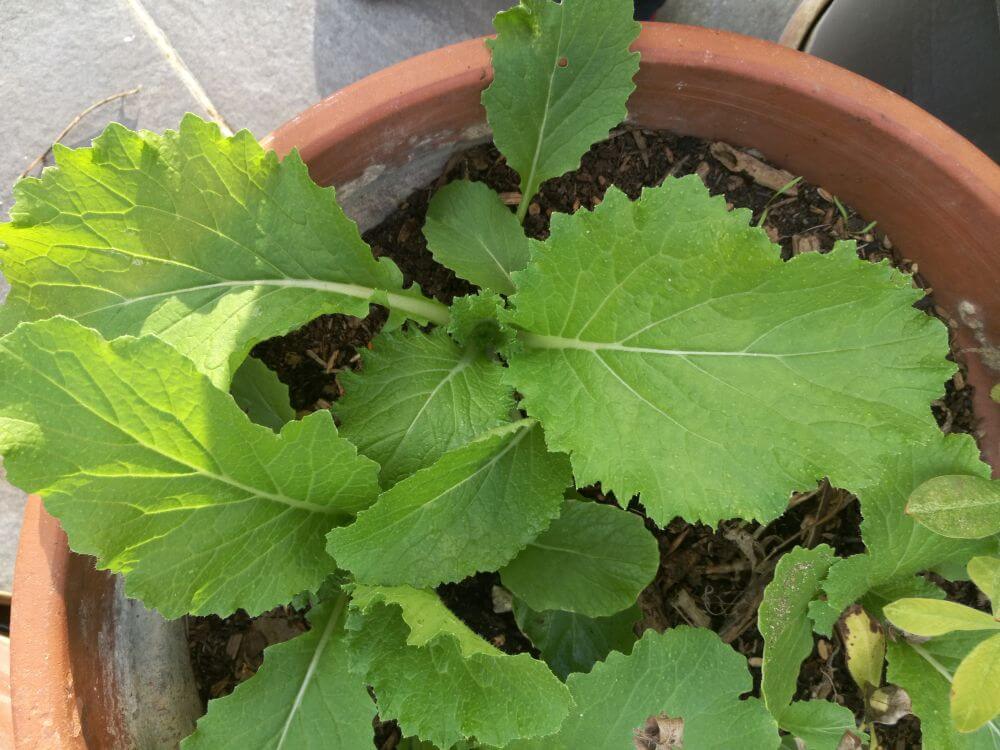
4) Choose your plants well
With your first garden, it’s very tempting to want to grow everything! But for your own sake, I suggest you choose 4-5 types of vegetables and grow them well. Try not to cram everything too much into a compact space, as this causes problems and you will end up with a smaller harvest, not a larger one. However, you can increase yield by planting in succession. When you have harvested your initial crops, make a second planting. For example, follow spring lettuce with summer beans. Succession planting allows you to extend your harvest season as much as possible. Don’t be afraid to try new crops, such as fast-growing Asian salads.
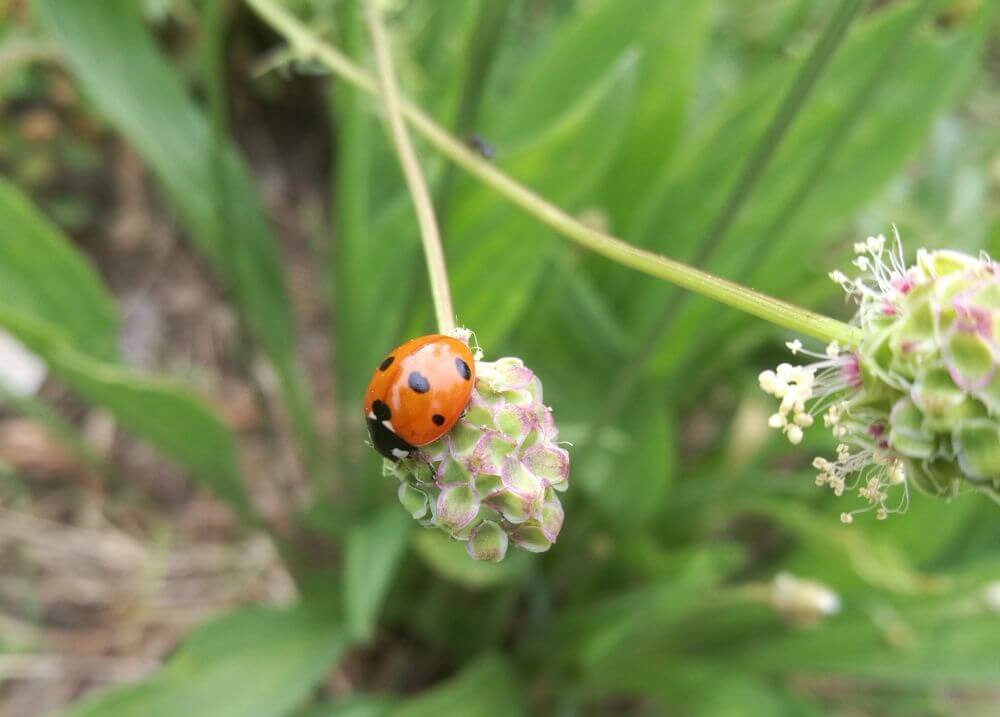
5) Consider adding flowers
Ok, it may be hard to believe, but most insects are your friends! Yes it’s correct. Think bees, butterflies, ladybugs and more! To attract these good workers to your garden and increase crop pollination, include flowers from insect-friendly plants such as sweet alyssum, zinnias, cosmos and sunflowers among vegetables and herbs.
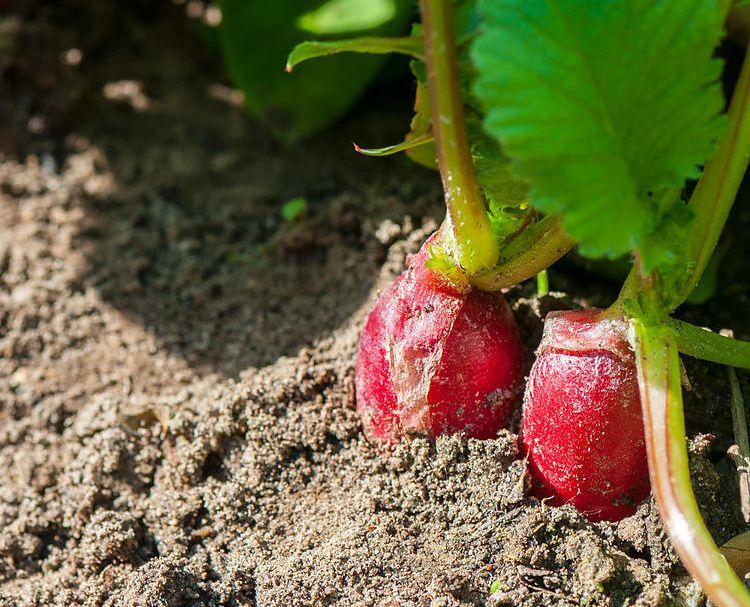
6) Irrigation, weeds and nutrition
This may seem like one of the most obvious garden tips, but new gardeners may not know when or how much to water their crops. Newly planted beds will need frequent watering, but most established crops can survive with just a little water per week. To conserve water and reduce the need for watering, mulch your soil with several inches of straw or shredded leaves. Added benefit: the mulch will also suppress weeds! As for nutrition, fast-growing crops like radishes and lettuce will not need additional fertilizer if grown in fertile soil. However, long-term vegetables like tomatoes, winter squash and eggplant will appreciate a boost several times during the growing season. Give them an occasional dose of a water-soluble organic food to support growth and encourage a larger harvest.
